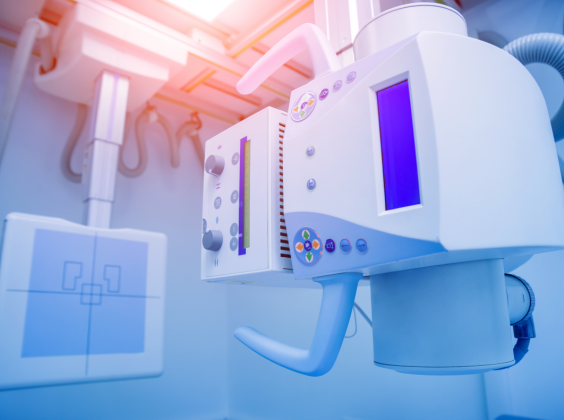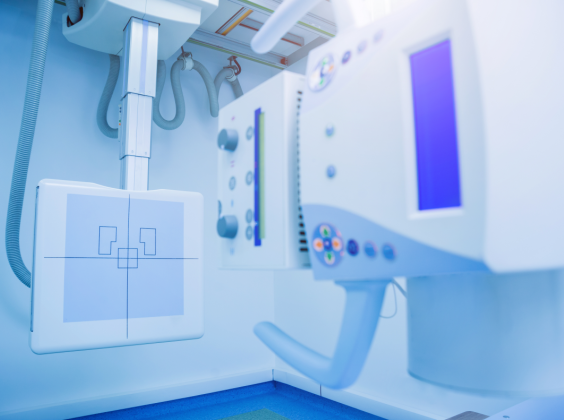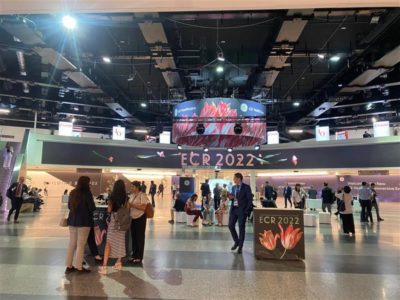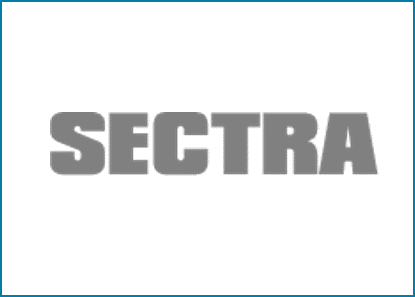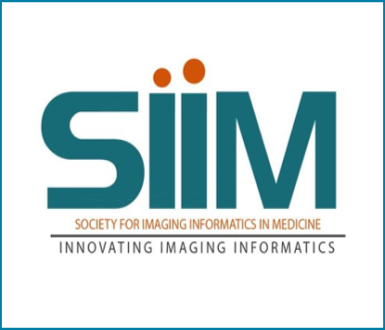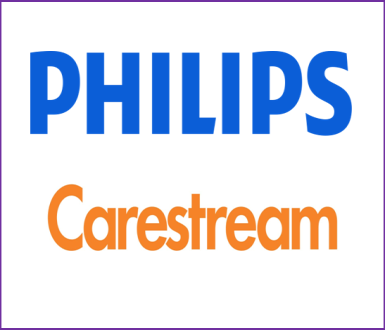
Get in touch
Contact usSteve has 12 years of experience in healthcare technology market intelligence, having served as Senior Analyst at InMedica (part of IMS Research) and Associate Director for IHS Inc.’s Healthcare Technology practice. Steve’s areas of expertise include Healthcare IT and Medical Imaging. In his spare time, Steve enjoys training for and competing in triathlon, hiking, wine and watching his beloved Bath Rugby.
